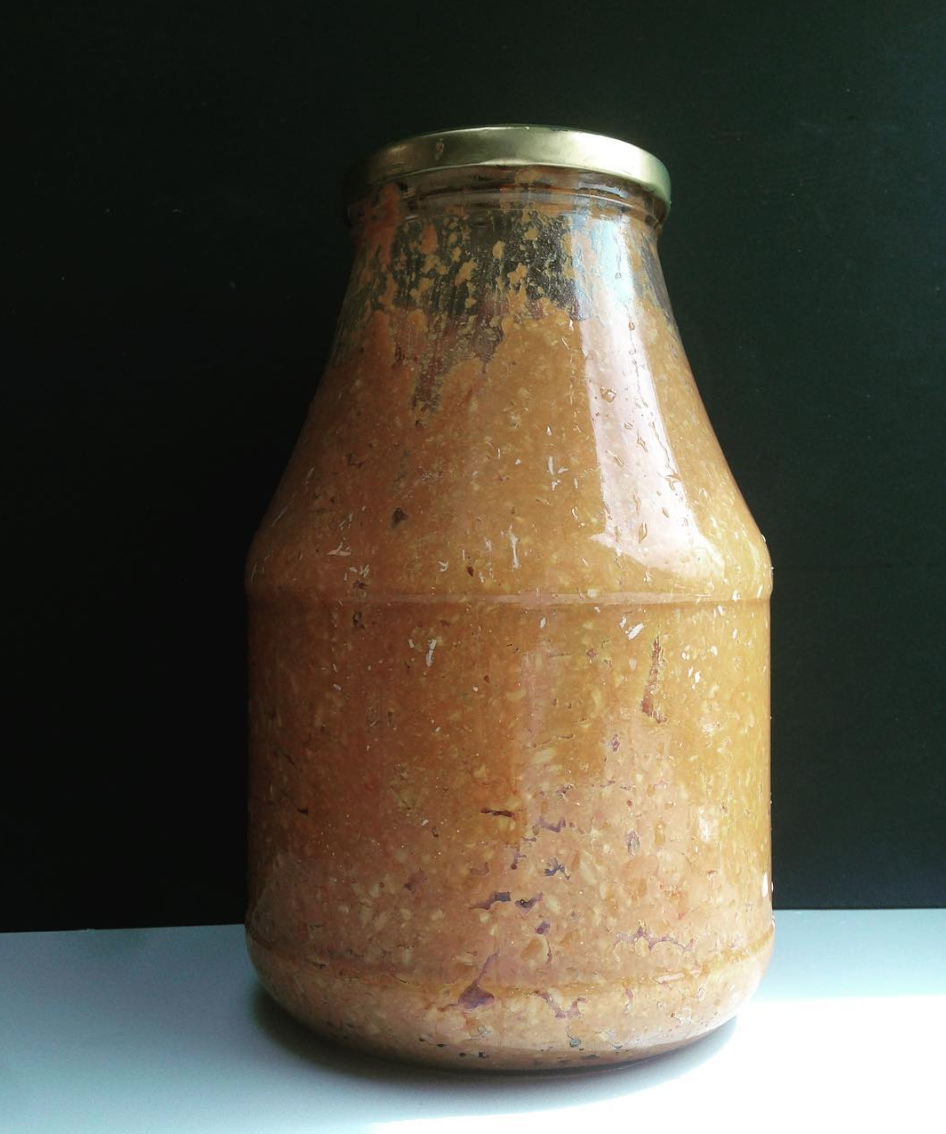Here, we delve into the fascinating world of microbial espionage, where bacteria and yeast take on roles beyond their humble fermentation duties. Prepare to be amazed as we uncover the clandestine techniques employed in the art of smuggling these microorganisms. Disclaimer: While we present these methods with a touch of humor, please remember that responsible use and transportation of microbial cultures across borders is essential.
- The Microbe Mule Method:
Our first method draws inspiration from the world of smuggling contraband. Picture this: a bacteria or yeast strain disguised as an innocent-looking everyday item. Whether it’s hidden in a book, concealed within clothing, or tucked away in a seemingly harmless object, this approach takes advantage of our tendency to overlook the ordinary. Who would suspect that a loaf of bread contains a secret stash of sourdough starter, or that a faux potted plant conceals an exquisite strain of lactobacilli? Clever, isn’t it?
I usually have a cloth handkerchief in my pocket smeared with sourdough that has been dried, just in case my wet supply was confiscated. Or some Q-Tips or cotton pads of dried yogurt cultures awaiting to be reintroduced to milk on arrival.
Fails: I do have to admit, that telling the security the jar full of Hungarian water kefir crystals are actually your mornings porridge does NOT work and will be confiscated. 
- The Trojan Treat Technique:
Emulating the ancient Greeks, we find another ingenious method for smuggling microorganisms: the Trojan Treat Technique. This strategy capitalizes on our insatiable desire for delicious delicacies. Imagine a seemingly harmless batch of cookies, muffins, or chocolates, containing the hidden gems of living cultures. Unbeknownst to unsuspecting taste-testers, these treats harbor bacteria and yeast, ready to work their magic on their next fermentation adventure. Remember, though, it’s crucial to inform individuals of any microbial contents to avoid any unwanted surprises.
Almost Fail: specialty miso in 8 100ml jars was thought to be varieties of hashish. Until the wonders of miso were explained at security and they were encouraged to try a small amount with some buttered bread I had in my bag, it was a close call. But mission complete.

- The Clandestine Culture Courier:
Our third method takes inspiration from spy movies—agents skilled in stealthy operations and evading detection. Enter the Clandestine Culture Courier. By disguising microbial cultures as innocent-looking personal items, such as makeup compacts, music players, or USB drives, one can effortlessly transport them across borders without raising eyebrows. These portable devices contain a hidden compartment with vials or containers, maintaining the cultures’ vitality while escaping scrutiny.
Yogurt cultures are always great face creams and I make no qualms demonstrating at security how to use it.

While we have taken a playful approach to discuss the topic, it is crucial to emphasize the importance of responsible use and adherence to international regulations when it comes to transporting microorganisms. Smuggling of any kind, even of these seemingly harmless agents, may have unintended consequences and pose risks to ecosystems and public health. Instead, let us encourage the legal acquisition and responsible distribution of bacterial and yeast cultures, fostering a safe and vibrant microbial community that enhances our culinary experiences.
So, fellow enthusiasts, let’s keep the enchantment of fermentation alive. Until next time, when Edible Alchemy explores yet another captivating facet of the microbial world, may your cultures be abundant, and your dishes forever delectable!


